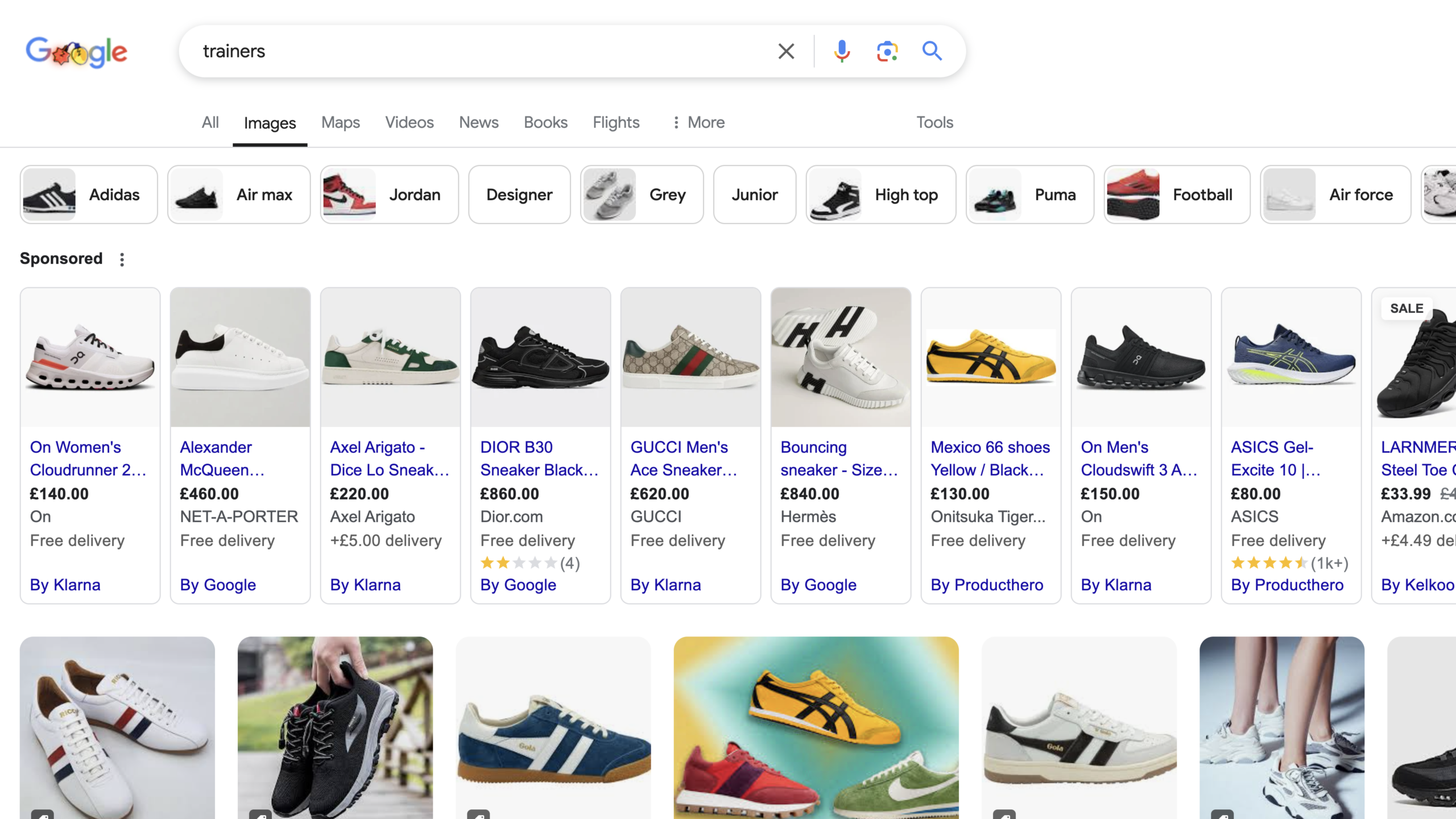In today’s competitive eCommerce landscape, shopping cart abandonment remains a significant challenge, with data from 2021 showing that nearly 70% of potential purchases are left incomplete. This staggering statistic underscores the critical importance of optimizing your checkout process to ensure customers can complete their purchases quickly and efficiently. By implementing the right tools and strategies, you can significantly reduce abandonment rates and increase your conversion rates.
1. Install PayPal and Apple Pay/Google Pay plugins
If you’re selling products B2C (business to customer), these plugins can make a huge difference to your bottom line. Benefits include:
- Your customers won’t have to type their card details in on the checkout page or enter their billing address – it’s all done with the click of a button.
- Over 50 percent of people use an iPhone in the UK, and many are using Apple Pay, so a large part of the market could be able to checkout easier on your site. Google Pay fulfils the same function for those using Android.
- Your customers don’t have to share their card numbers and identity, making the process safer for them.
- Stand out from your competition by gaining an advantage over businesses that don’t have Apple/Google Pay integrated into their website.
- Faster & easier checkout = higher conversion rate.
2. ‘Quick buy’ plugins
When Amazon patented ‘1-click’ ordering way back in the late 90s, it was an absolute game-changer for their business, helping them become the online giant they are today.
Fortunately, that patent expired in 2017, so you can rest assured that your website’s quick buy plugin won’t incur a multi-million dollar lawsuit from Jeff Bezos.
What it will do, however, is allow your customers to buy products from your site without having to click all the way into the product page. By removing multiple steps from the traditional checkout process, quick-buy buttons can help drive conversions and reduce cart abandonment rates.
3. Instant search
Instant search plugins show search results as soon as you type in the keyword without reloading the page.
This can:
- Improve the user experience on your website.
- Increase product discoverability.
- Reduce bounce rate caused by users having to trawl through a catalogue of items.
4. Subscriptions
There are some products that customers will use and then want to buy again a month or so later, or perhaps even in a year.
This is where subscriptions come in, and they have advantages for both the seller and the buyer. The seller can:
- Maintain higher customer acquisition rates.
- Increase customer loyalty.
- Benefit from more efficient inventory management with consistent, predictable orders.
- Use subscriptions to gain more data about your customers.
For the buyer, subscriptions are just another way to streamline the buying process. It’s important to make sure they don’t seem like more trouble than they’re worth (as some people might be worried that they’ll forget to cancel, for example).
Some ways to make your subscription service more tempting include:
- Offer free trials whenever possible.
- Provide generous return policies.
- Allow free cancellation periods.
Anything you can do to make paying for a subscription a risk-free investment will help you to increase customer loyalty. They’ll also need an easy way to contact you if something goes wrong – our web development services can assist you in installing a chat widget on your website for example.
5. Mini Cart
A mini cart can greatly improve the user experience on your website by allowing customers to see what they’ve got in their shopping cart without having to leave the page they’re looking at.
In some cases, the mini cart may appear when the user moves their mouse over the icon, or when the consumer adds a new product to the cart. Either way, the mini cart will follow their journey through your site whether they’re on a sales page, the home page, or another open store page.
Advantages include:
- Avoid cart abandonment caused by ‘common carts’ that make you click away from the page you’re on to see what’s in them.
- Makes for a more fluid shopping experience.
- Allows users to make changes more quickly, such as deleting unwanted items.
So, there you have it. New plugins and techniques are being developed all the time to improve the user experience on eCommerce sites, and you risk being left behind if you don’t implement them on yours.
If you want to take your online store to the next level, check out our eCommerce website design service.





